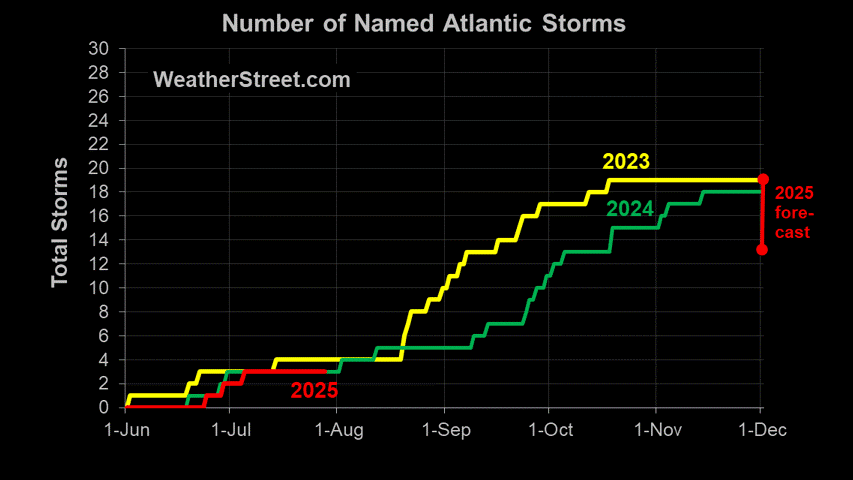Typhoon Ketsana is heading for central Vietnam. As the storm alert below indicates, tropical storm force winds will probably be felt this evening local time and may already be in some areas. Several storms have smashed into the northern provinces this season causing widespread flooding. With Ketsana heading further south, maybe this will be a slight relief although as I understand the ground is saturated here also.
I will update the situation as new information becomes available either this afternoon or tomorrow morning.
Storm Alert issued at 28 Sep, 2009 6:00 GMT
Typhoon KETSANA is forecast to strike land to the following likelihood(s) at the given lead time(s):
Red Alert Country(s) or Province(s) Vietnam
probability for CAT 1 or above is 50% in about 24 hours
probability for TS is 95% in about 24 hours
Red Alert City(s) and Town(s) Da Nang (16.1 N, 108.2 E)
probability for CAT 1 or above is 50% in about 36 hours
probability for TS is 95% in about 24 hours
Quang Ngai (15.1 N, 108.8 E)
probability for CAT 1 or above is 45% in about 24 hours
probability for TS is 95% in about 24 hours
Yellow Alert Country(s) or Province(s) Laos
probability for CAT 1 or above is 15% in about 24 hours
probability for TS is 85% in about 24 hours
China
probability for TS is 65% in about 24 hours
Cambodia
probability for TS is 65% in about 24 hours
Yellow Alert City(s) and Town(s) Dong Ha (16.8 N, 107.1 E)
probability for TS is 75% in about 24 hours
Kon Tum (14.4 N, 108.0 E)
probability for TS is 70% in about 24 hours
Qui Nhon (13.8 N, 109.2 E)
probability for TS is 65% in about 24 hours
Yaxian (18.4 N, 109.4 E)
probability for TS is 55% in about 24 hours
Dong Hoi (17.5 N, 106.6 E)
probability for TS is 55% in about 48 hours
Green Alert Country(s) or Province(s) Thailand
probability for TS is 40% in about 36 hours
Green Alert City(s) and Town(s) Tuy Hoa (13.1 N, 109.3 E)
probability for TS is 35% in about 24 hours
Note that
Red Alert (Severe) is CAT 1 or above to between 31% and 100% probability.
Yellow Alert (Elevated) is CAT 1 or above to between 10% and 30% probability, or TS to above 50% probability.
Green Alert (Low) is TS to between 31% and 50% probability.
CAT 1 means Typhoon strength winds of at least 74 mph, 119 km/h or 64 knots 1-min sustained.
TS means Tropical Storm strength winds of at least 39 mph, 63 km/h or 34 knots 1-min sustained.
For graphical forecast information and further details please visit
http://www.tropicalstormrisk.com/ This alert is provided by Tropical Storm Risk (TSR) which is sponsored by UCL, Aon Benfield, Royal & SunAlliance, Crawford & Company and Aon Benfield UCL Hazard Research Centre. TSR acknowledges the support of the UK Met Office.
![]()





















